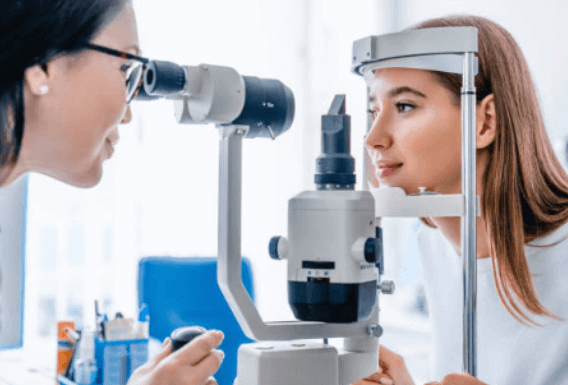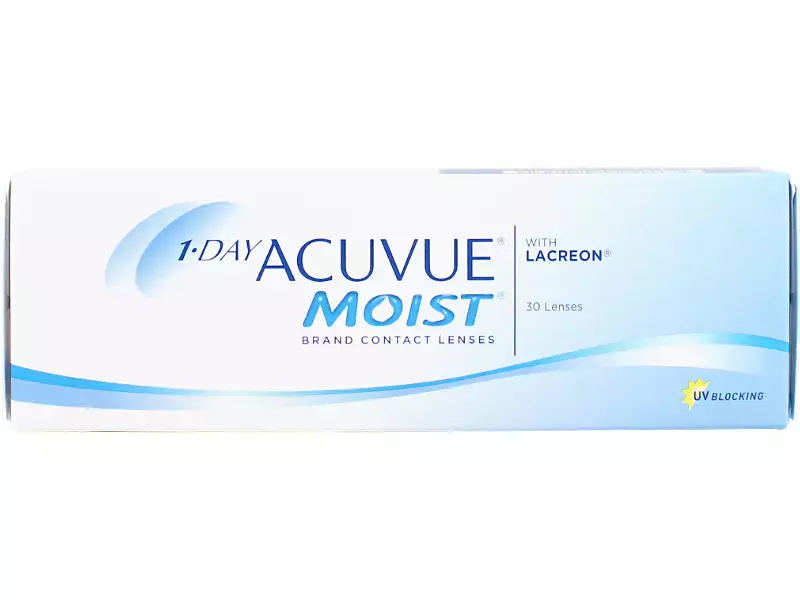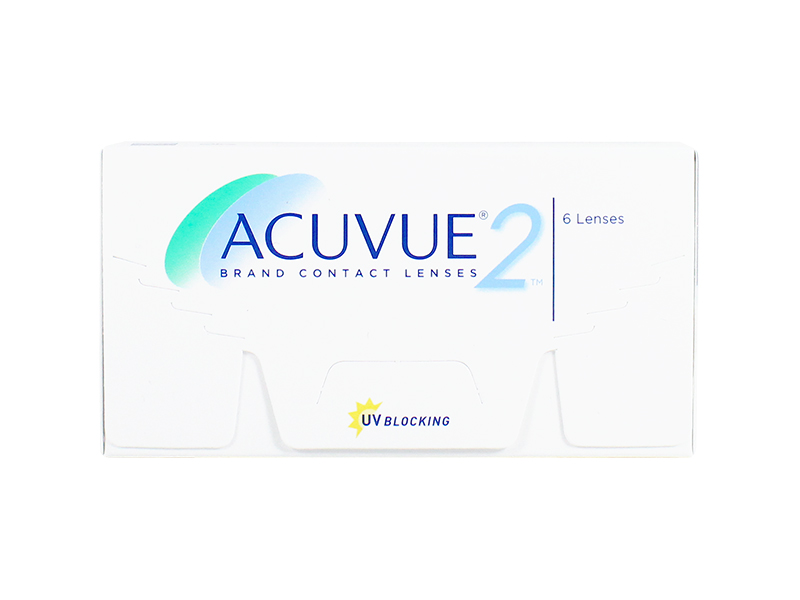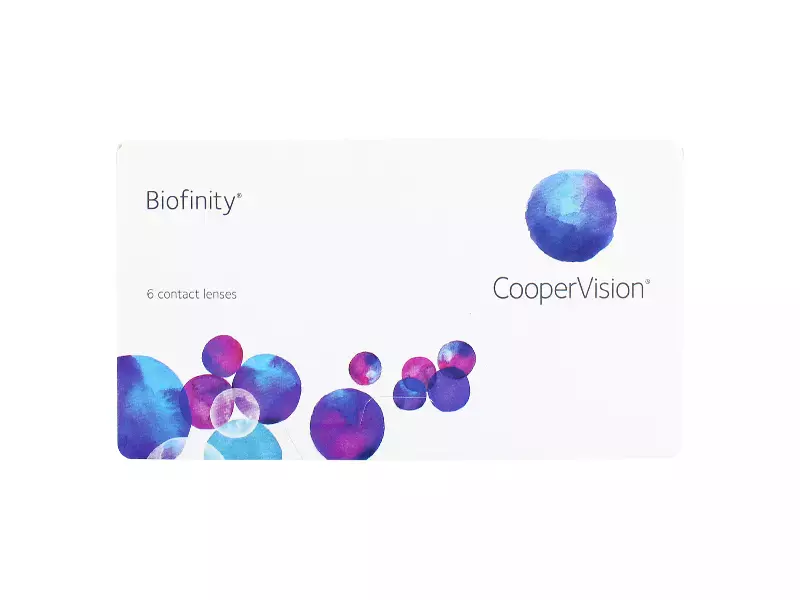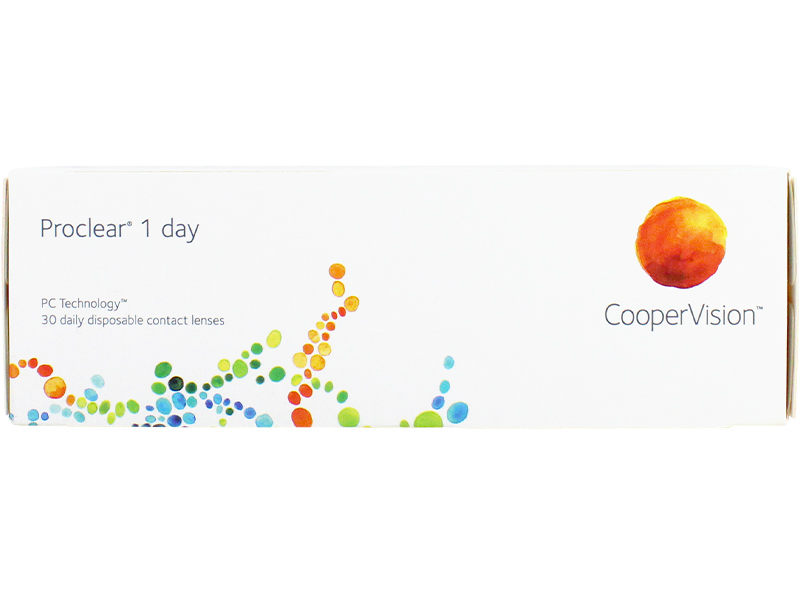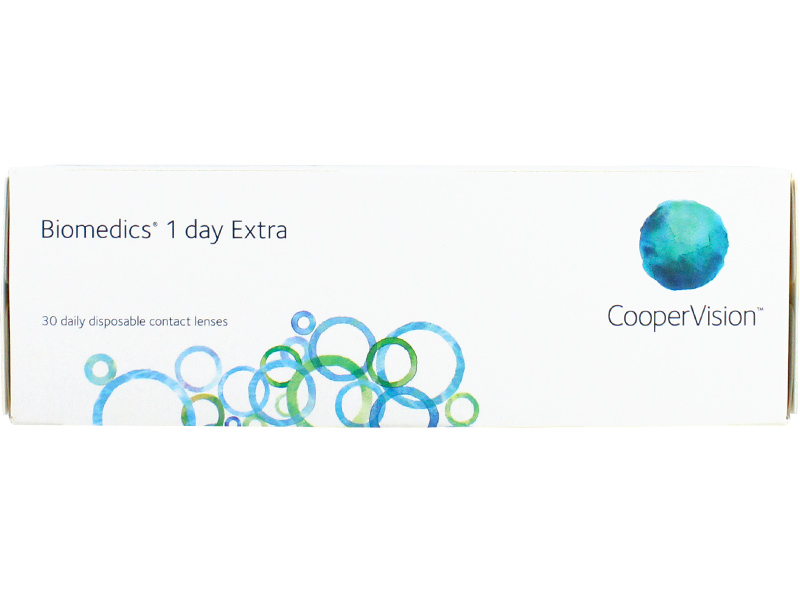Savelens Blogs
How to Comprehend Your Prescription For Contact Lenses!
There can be a lot of misunderstanding surrounding contact lenses, which only complicates matters. To fight this, we’ve put up a quick tutorial on precisely what you need to know about contact lenses!
When purchasing contact lenses, you must have a valid and up-to-date prescription, according to legal regulations. In Australia, contact lenses are classified as medical devices by the Therapeutic Goods Administration (TGA).
People who have used contact lenses for a long time will likely be familiar with the codes on their optometrist’s prescriptions. But understanding the codes and abbreviations on the prescription might be quite confusing for individuals who are new to contact lenses and obtaining them online.
But don’t worry, we’ve got you covered. We will explain the meanings of common acronyms and numbers seen on contact lens prescriptions and simplify it for you. It is essential to purchase the proper contact lenses for your eyes and prioritize your eye health by going with your precise prescription.
Let’s get started and find out what your contact lens prescription means!
Essential Information to Help You Comprehend Contact Lens Fittings
Getting a Contact Lens Prescription: The Significance of Thorough Eye Examinations
When you consult your optometrist for a contact lens prescription, they typically conduct more extensive assessments than standard eye exams for eyeglasses. Contact lenses demand greater precision in measurements, as they make direct contact with your eyes, requiring an ideal fit and size to ensure maximum comfort and effective vision correction.
Throughout the comprehensive eye examination, your optometrist will meticulously evaluate various aspects of your eyes to ascertain the right type of contact lenses (e.g., daily, monthly, for astigmatism, or multifocal) and the appropriate material (such as silicone hydrogel or low-water content). They will also assess your specific vision correction requirements. Regular follow-up appointments are crucial, as changes in your eye health can occur over time, ensuring that you receive the finest contact lenses with a precise prescription tailored to your eye health.
The fundamental procedures for prescribing contact lenses
These steps may vary depending on the individual’s eye condition.
Objective Refraction Test: The objective refraction exam measures how light focuses in the eye using devices like an auto-refractor and retinoscope. Presbyopia, astigmatism, nearsightedness, and farsightedness are all determined by this test.
Subjective Refraction Test: The subjective refraction test is used to evaluate a person’s subjective vision and establish the best prescription based on the findings of the objective refraction test. The patient is asked to choose the lens that provides the clearest vision after trying on various lenses. The prescription is then finalised using this data.
Eye Examination: A variety of tests are carried out throughout the examination to evaluate the eyes’ health. These examinations include looking at the front and back of the eye, looking for any anomalies, and evaluating whether or not contact lenses may be used. Depending on a person’s eye health, several tests may be performed.
Questionnaire: Fill out a form or respond to enquiries from an eye doctor about your lifestyle, eye health, and past contact lens use.
An optometrist establishes your prescription and guarantees a flawless fit for your eyes through these procedures, which include measuring your cornea, pupil, and iris sizes and inspecting the surface of your eyes. Additionally, if you are considering switching from your existing contact lenses or are new to wearing them, a full lens visual exam may be conducted. These thorough evaluations and measurements provide assurance that the chosen contacts are appropriate and offer the best comfort for your individual requirements.
To preserve ideal vision and guarantee the secure and efficient use of contact lenses, it is essential to routinely visit an optometrist for an eye exam and prescription update. To find more detailed information about eye checks, click here.
Understanding the Meanings of Abbreviations and Numbers In Contact Lenses
A Complete Guide to Contact Lens Prescription Abbreviations
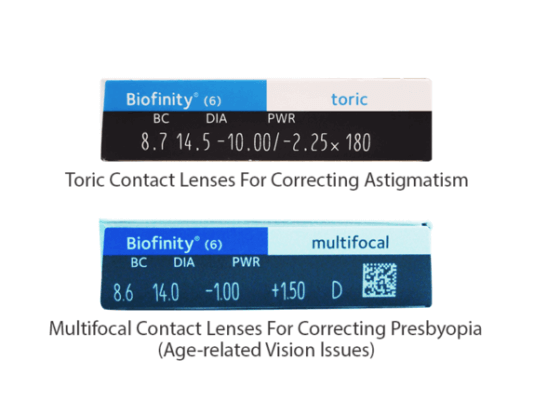
These acronyms can be found on the packaging of contact lens supplies as well as on your eye doctor’s prescription. You could see acronyms like PWR, BC, and DIA on the prescription as well as on the packaging. However, there could be extra acronyms and numbers for astigmatism or multifocal reasons. Understanding this will allow you to keep healthy eyes with the ideal contact lenses suited to your requirements and place the proper order based on your prescription.
PWR/SPH/D
The optical corrections represented by these numbers are -1.00, -7.50, and -9.00. The visual adjustment becomes stronger as the number’s magnitude increases. For clients who don’t require corrective lenses, coloured lenses are provided with the visual power 0.00.
BC
The contact lens’s curve is represented by the BC (Base Curve), which might be 8.3, 8.6, or 9.0. The curve becomes more curved as the number decreases. This makes for a more secure fit.
DIA
The contact lens diameter is indicated by the letter DIA. Most of the time, DIA is only offered in one size, although some lens types could provide many sizes.
CY/AX
You need the CY (Cylinder) and AXE (Axis) codes when ordering astigmatism-correcting contact lenses.
ADD
The ADD (Addition) value establishes how much correction you require to see clearly up close if you use multifocal or bifocal lenses. The Addition figure, which some contact lens companies identify to as high, medium, or low, is a positive value between 0.50 and 3.00.
-: Minus Sign
Nearsightedness is indicated if a number of the power has a minus sign before it. Being nearsighted suggests that you see items closer to you more clearly than those farther away. Higher numbers denote a more severe degree of nearsightedness. The size of the number represents the degree of nearsightedness.
+: Plus Sign
You have farsightedness if a plus sign is present before a number in the power box. Being farsighted means that you can see items in the distance more clearly than you can see them up close. Higher numbers signify a higher level of farsightedness, with the size of the number representing the degree of farsightedness. Please be aware that aside from multifocal lenses and other particular lenses, we currently do not offer positive power lenses (+).
Is it necessary to get a special prescription for contact lenses?

Because contact lenses are considered medical device, they must be purchased with a valid prescription. To guarantee effective vision correction, contact lenses must be personalised to the specific user and constructed from authorised materials. Failure to follow these rules might result in blurred vision and serious eye damage.
Even if you only want to wear coloured contact lenses for cosmetic reasons and do not need vision correction, a prescription is still required to ensure a precise fit for your eyes. Ill-fitting lenses can cause a variety of eye issues, including corneal abrasions, and the lack of effective sterilization increases the risk of infection.
It’s also worth noting that contact lens and glasses prescriptions are completely different. Contact lenses cannot be purchased with your prescription for glasses.
It is necessary to obtain a different prescription for contact lenses. The main reason for this discrepancy is that glasses often sit around 12 millimeters away from your eyes, but contact lenses lay immediately on the surface. As a result of the distance difference, the degree of adjustment may vary.
It is critical to precisely understand your prescription, receive contact lenses with a legitimate prescription, and prioritize the ongoing health and comfort of your eyes.

You’re now a contact lens prescription pro!
Now you know how to buy the right lenses for your eyes!
SHOP NOW

